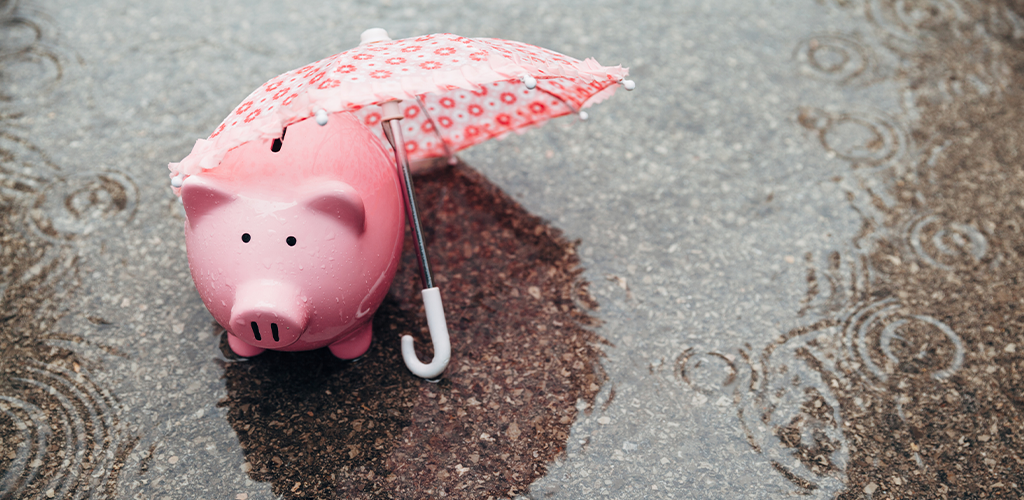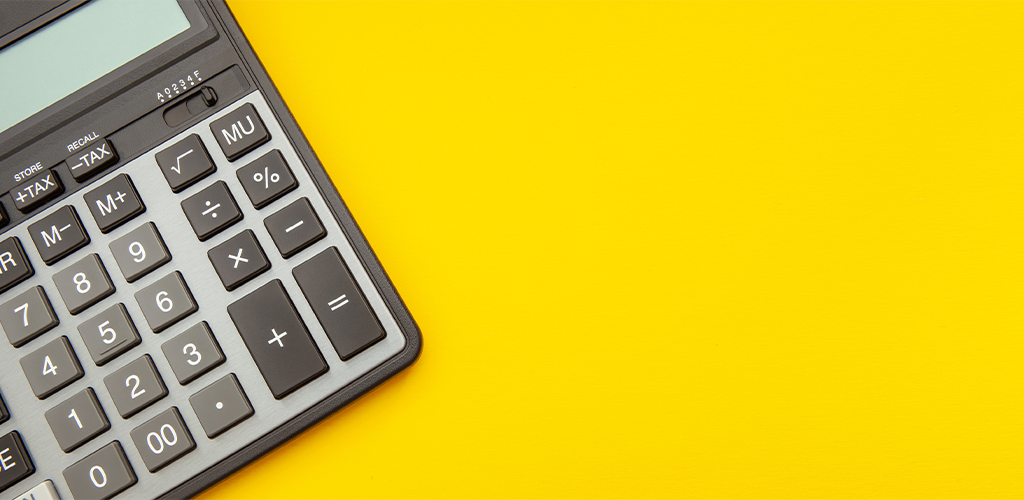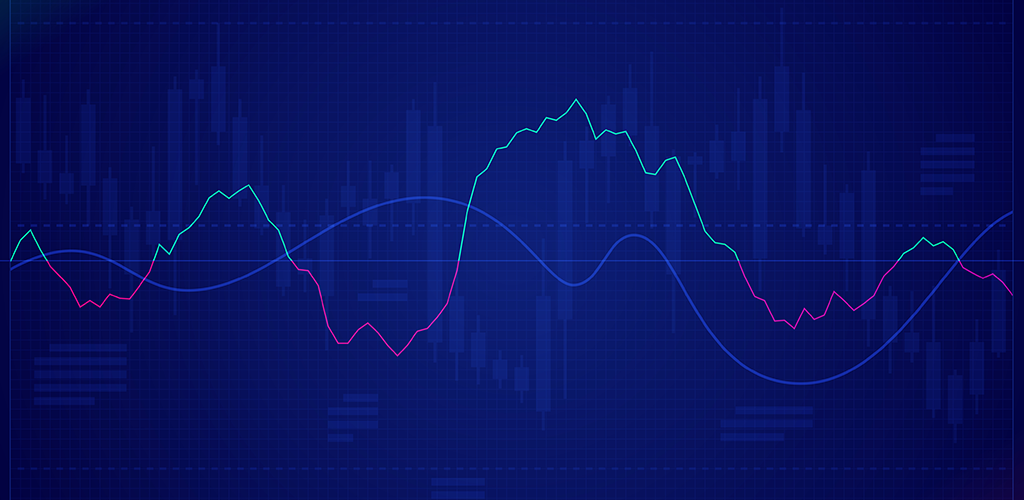How to Set Up a Rainy Day Fund for Your Small Business

The world of business is unpredictable. Factors like social trends, economic changes, industry developments and more can change your operating plan in a snap. In an ideal world, these changes would only benefit you. However, what happens when the changes are for the worse? Would your business be able to adapt and rise above adversity, or would it sink under pressure? Although it’s nearly impossible to tell, you can at least equip your company with the right tools to adapt. One of those tools is a rainy day fund, or an emergency fund, which usually covers three months of expenses. Here’s how to set one up for your small business:
- Calculate your expenses
- Predict slow periods
- Create a decision-making process
- Put your needs first
- Save 10 percent each month
- Automate your savings
- Keep reevaluating your expenses
- Set up the right lifelines
Calculate Your Expenses

Before you can start setting aside money for an emergency fund, you need to know how much money you need. There are a few main expenses most businesses come across that you should calculate:
- Core Staff: Most businesses only function because they have a dedicated team supporting them. One of the most important expenses to save for in your rainy day fund is future staff wages so you don’t lose your team and their experiences.
- Non-Critical Staff: A downturn in business may, unfortunately, result in the need to reduce staff. However, if this becomes inevitable for your business, saving up enough cash in order to pay wages while giving your employees notice and time to search for a new job will be better in the long run.
- Fixed Expenses: Some expenses can be cut or skipped. Others are permanent and critical to the operation of your business. They may include rent, insurance, technology licensing, and more. Always set aside cash for these expenses in your rainy day fund.
- Variable Expenses: Some costs you routinely incur may have variable rates. They may include things like the cost of marketing, shipping, and more.
- Accounts Payable: This amount may change from month to month but you should do you best to calculate your typical costs so you don’t get caught owing people money with no money to pay them.
- Outside Funds: If there are other funds outside of your business that you can tap into in an emergency, then you may not require a large cushion. Outside funds include liquid assets and debt options, although accruing debt in a downturn for your business may not be advisable.
Predict Slow Periods

Almost every business will encounter slow points in sales. Sometimes this happens as seasons change. Other times, there’s a slump immediately after a holiday. Tracking previous downturns and predicting upcoming ones can help you understand if a downturn will reverse itself soon, or if you’ve run into an unexpected and continuing problem. This knowledge will determine if you should dip into your rainy day fund, or save it for an actual “rainy” day.
Create a Decision-Making Process

When your business is doing well, deciding when to spend money is easy. However, that isn’t necessarily true for businesses who have hit hard times. You can prepare for possible hard times in advance by creating a rigorous decision-making process and practicing with it before hard times come along. This process should help you critically consider your purchases, while also pointing out places where spending is frivolous.
Put Your Needs Before a Rainy Day Fund

Although having an emergency fund for your business is important, building one can be tough. That’s because setting money aside becomes just another monthly expense for you to face. Trying to create your fund too quickly can also drain resources from more important areas, such as payroll and insurance. So, before even starting a fund, make sure you take care of the immediate needs of your business. The leftovers can go towards your savings.
Save Ten Percent Each Month

What if you don’t have any leftover revenue after paying your necessities? What if you have a lot but you don’t want to tuck it all away for later? These are both situations businesses may face. Knowing just how much you should put away each month can be confusing. Although it’s ultimately up to you, a general rule of thumb is that businesses should put 10 percent of their monthly revenue into their rainy day fund. This number prevents companies from putting away too much money, so the surplus can be used for other things. And it also gives businesses who earn less than this a goal to strive for. If your business isn’t able to save 10 percent of your earnings each month, it’s time to examine why.
Automate Your Savings

Since emergency funds only come into play when an emergency happens, it’s easy to forget about your fund altogether. That also makes it easy to forget to contribute to it, which may leave you high and dry in the event of a downturn. Avoid this problem by setting up an automated deposit system for your savings. This way, the money is there whether you remember it or not.
Keep Reevaluating Your Expenses

Your operating expenses may change from year to year or even month to month. It’s important to continuously reevaluate them. For example, if your expenses last year were smaller than they were for this year, then your rainy day fund may be too small to continue running your business effectively in the event of an emergency.
Set Up the Right Lifelines

In general, an emergency fund should be designed to keep your business afloat for three months. However, if it runs out before then or if the crisis lasts for longer, businesses should have extra lifelines to remain open, or risk having to shut down. Lifelines include credit cards, and business lines of credit. However, keep in mind, these options should only be used as a last resort because they come with associated debt which can be hard to pay off by a struggling business.
Visit Shopivo and stay tuned for exciting news and updates! Sign up for our emails and stay up-to-date on new developments and features.
